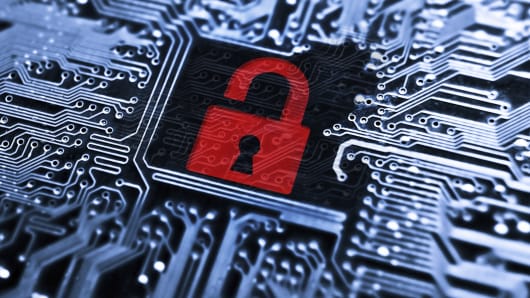This week at the Mobile World Congress in Barcelona, technology industry leaders will discuss the impact the Internet of Things — those 50 billion connected devices — will have on the way we live, work and play. Without question, the opportunities are almost limitless. But we cannot forget that the challenges are considerable — and the most critical of those is the security of the network and the data it carries.
Read MoreApple car: 5 reasons it's intriguing, 5 reasons it's nuts
The obvious, but sobering, risk here is that a world with 50 billion connected devices is also by definition a world with 50 billion on-ramps to the Internet. Without the right security measures in place, and privacy measures in place, every one of those connections represents a point of vulnerability. If the tech and communication businesses fail to meet that challenge, the Internet of Things will stall and ultimately fail, to the detriment of all.
The bottom line: the world must take steps to be sure the IoT is safe and secure. It's not going to be easy, but it is going to be necessary. Here are a few principles to keep in mind as we move into the IoT era:
Protect every endpoint. Every device attached to the network — every car, every wearable, every connected gadget – must be secured. It's a responsibility shared by cloud computing providers, carriers and other infrastructure providers.
Read MoreHow to make money off of your selfies
Build for scale and flexibility. Today's threat-management systems simply aren't built for the massive scale and growth envisioned for the Internet of Things. The number of connected devices could increase by an order of magnitude just five years from now. On top of that, the advent of Bring Your Own Device (BYOD) or Bring Your Own Cloud (BYOC) programs is blending the personal and business information being transmitted across these devices. Internet service providers are going to need new approaches — and huge increases in scale, monitoring and control systems and network capacity — to keep up.
Prepare for new sources of data. The issues go well beyond simply the sheer number of devices attached the network. All of these "things" attached to the network will be generating new sets of data about the people, places and things around us. Some of that data will have huge financial and strategic value. And all of it needs to be protected.
The potential of the Internet of Things is huge. The key to fulfilling that potential lies in the ability of technology and communication companies to earn the trust of consumers and businesses so that they'll want to be a part of the new ecosystem.
Ralph de la Vega is the president and CEO of AT&T Mobile and Business Solutions. On Monday, he gave a keynote at Mobile World Congress about the Internet of Things and possibilities for the industry.
Read MoreMusk's Hyperloop moves closer to reality


